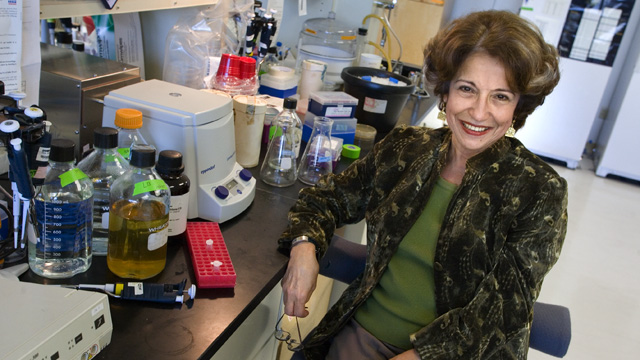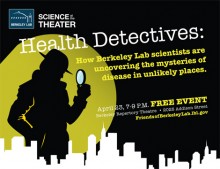
The human body is comprised of about ten trillion cells. These cells are constantly bombarded with damaging factors, like radiation from the sun, that cause some of the cells to mutate. Even healthy people produce many genetically impaired cells every day, but our bodies successfully eradicate these cancer-prone cells so the majority of people live cancer-free lives. How is this possible?
We all know that the human body has a highly developed immune system that detects and destroys invading pathogens and tumor cells. Researchers at Lawrence Berkeley National Laboratory (LBNL) have demonstrated that there is also a second line of defense against cancer: neighboring healthy cells.
Dr. Mina Bissell is a Distinguished Scientist with LBNL and one of the world’s leading researchers on breast cancer. Her group recently found that normal breast cells provide an innate defense mechanism against cancer, by secreting interleukin 25 (a protein known to play a key role in the immune response to inflammation) to actively and specifically kill breast cancer cells without harming normal ones.
Overall Bissell’s research has focused on the importance of factors other than genetics in the development of breast cancer, demonstrating the critical role that a breast cell’s microenvironment plays in whether it develops normally or whether it turns cancerous. A cell’s microenvironment includes other surrounding cells, like cancer-killing normal breast cells, and a supporting structure known as the extracellular matrix. This extracellular matrix (ECM) consists of a complex network of fibrous and globular proteins surrounding the breast cell. Bissell has shown that a healthy ECM is critical for a breast cell to function normally. If the ECM is damaged, this can lead to breast cancer.
As Bissell explained to attendees at an American Association for Cancer Research conference in 2009, “No cell is an island. All cells are surrounded by their own unique microenvironment. It is quite clear that the context in which a cell exists determines what that cell can do.”

